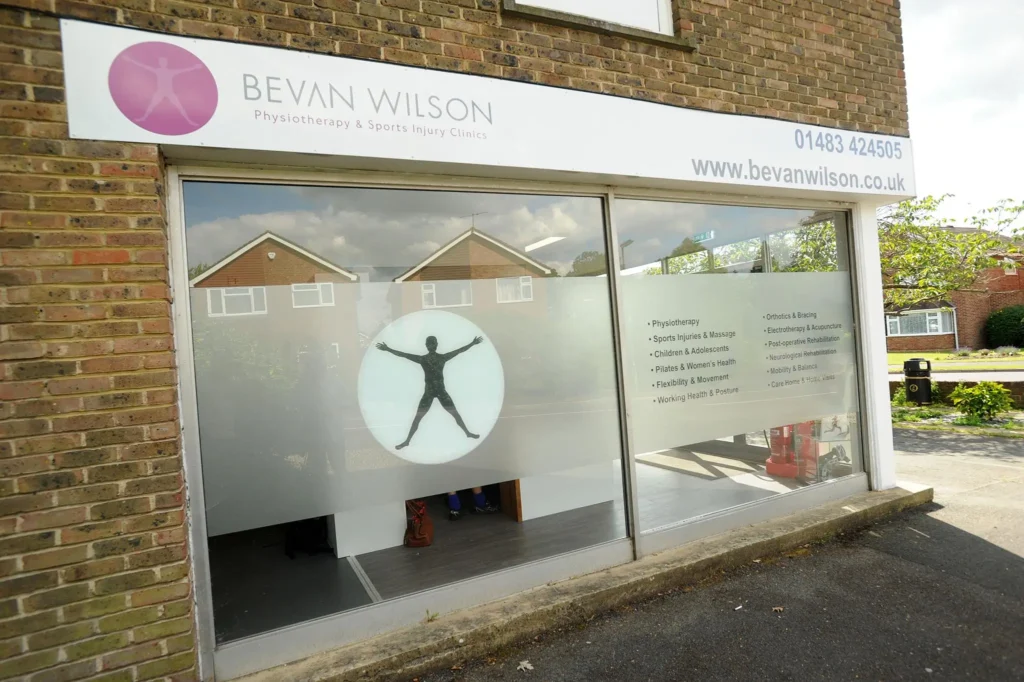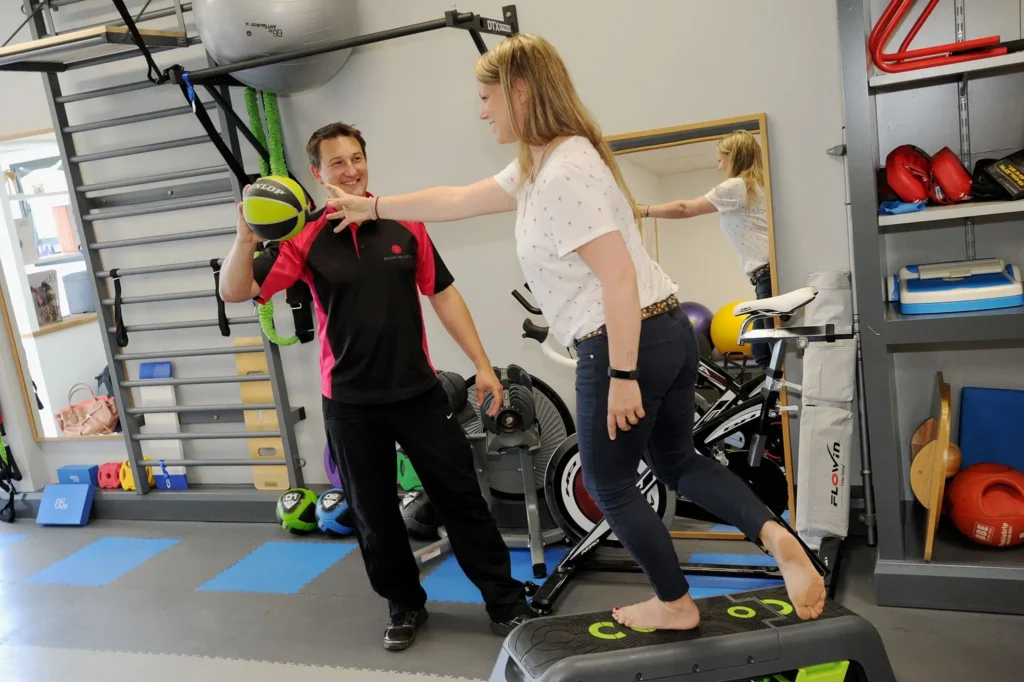

The neck is made up of seven small ring-shaped bones called cervical vertebrae. In between each of these bones are discs which help with loadbearing and mobility. The discs are made up of a fibrous wall and a gel-like substance within. The central open area of the Vertebrae houses the Spinal cord which runs down through the vertebral canal. Nerve roots that spread from the spinal cord become bigger nerves which transmit nerve impulses to muscles and provide sensations such as touch, hot and cold. Neck movements are facilitated by Facet joints that sit on opposite sides of the vertebrae allowing each vertebrae to articulate with the one above and below including the uppermost vertebrae which articulates with the lower posterior part of the skull.
Multiple muscles support the head and neck and allow the head to move in many positions.
Knee pain can begin after an injury or develop gradually over time. Car accidents which result in Whiplash-associated disorder are a common cause of neck pain. Other causes include sudden increase in stress on the neck such as heavy lifting or prolonged static postures
The most common sources of Neck pain are caused by muscle strain, disc pathology, joint dysfunction, nerve root irritation and degenerative joint disease.
Due to the many different types of tissue and structure (described above) within the neck region, we must identify the cause and structure/s involved in your Neck pain to effectively provide optimal treatment and management of your condition and rule out more serious pathology.
Neck pain can be diagnosed by taking a thorough history of your recent activity and lifestyle, a review of your medical history, and a thorough physical examination.
Imaging may be useful to rule out any structural damage following injury or serious pathology. It can also be useful if your symptoms are not responding to conservative management. Common kinds of imaging for the neck region are an x-ray or MRI.
A Physiotherapist will take a detailed case history to understand the cause and contributing factors to your Neck pain.
They will then carry out a movement screen to identify any biomechanical factors contributing to your symptoms. This may involve simple or combined neck movements or a passive assessment of the area itself.
The Physiotherapist will then explain what they see and advise on the diagnosis and factors contributing to your pain picture.
Depending on your presentation and expectations of the appointment, the Physiotherapist will advise on any relevant immediate relief options such as optimising pain relief medication, manual therapy techniques i.e. soft tissue release, joint mobilisations, traction or acupuncture. These hands-on techniques can provide rapid relief and can sometimes help to dampen down the secondary responses to pain such as muscle tightness or joint stiffness.
The Physio will also educate you on your condition, inform you of your prognosis, agree on treatment goals, and suggest self-management advice i.e. how to modify your activities, address risk factors, simple movement /posture strategies and/or an exercise program to address any movement/posture deficits. In some cases, the Physiotherapist may feel onward referral is necessary i.e. back to GP or a specialist. This will always be a shared decision-making process and often there is a lot you can be doing in the meantime.